Conditionally Essential Amino Acids: How To Use Them For Your Benefit
Six amino acids are considered conditionally essential or semi-essential. All amino acids are vital for your health, but not all are essential.
Conditionally essential means that synthesis of them can be limited under special conditions, such as in infants or individuals in catabolic distress. There may also be certain states during adult life when a particular amino acid becomes conditionally essential.
If you are looking for a specific conditionally essential amino acid, I recommend you use the expanded toc to find it.
Table of Contents
What Are Amino Acids?
Amino acids are the basic building blocks of proteins ◳. There are hundreds of amino acids found in nature. Only about 20 of them are needed to make all the proteins found in the human body and most other forms of life.
How Can Amino Acids Become Conditionally Essential?
When the body experiences periods of extreme trauma or stress from thermal injury, sepsis, surgery, or wounds, non-essential amino acids become conditionally essential.
Or during the first years of a child's life, where the enzymes needed to synthesize a particular non-essential amino acid have not been developed yet.
The physiological demand for these non-essential amino acids becomes greater than the ability to synthesize them. As a result, these non-essential amino acids must get provided by the diet.
All Our Articles About Conditionally Essential Amino Acids
Below you will find a list of conditionally essential amino acids. You can find out what they are and what they might be able to do for you.
Arginine
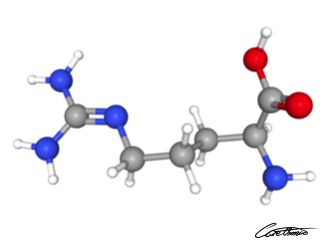
Arginine is an essential amino acid in children but not adults, making it a semi-essential amino acid.
Arginine is obtained traditionally by hydrolysis of various cheap sources of protein, such as gelatin. Do you want to know more about this amino acid? Read more in our article: What Is Arginine & What Foods Can I Find It In?.
Or you may be interested to learn what kind of benefits arginine possesses? You can find researched-backed claims in our article: Arginine: 6 Research-Backed Benefits .
Cysteine
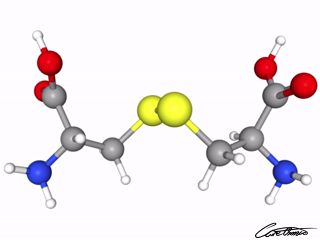
Cysteine is a semi-essential amino acid. In rare cases, cysteine may be essential for infants, the elderly, and individuals with certain metabolic diseases. Find out more about this amino acid in our article: What Is Cysteine & What Foods Can I Find It In?.
Cysteine is vital in collagen production, as well as skin elasticity and texture. Cysteine is also a component of the antioxidant glutathione.
Cysteine possesses several benefits. Find out what they are in our article: Cysteine: 5 Research-Backed Benefits .
Glutamine
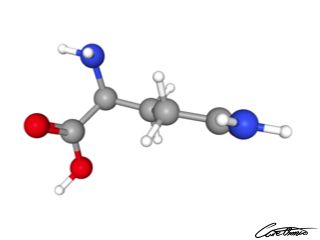
Glutamine can become a conditionally essential amino acid, during some catabolic states.
Glutamine is the most abundant and versatile amino acid in the body. The rate of glutamine consumption by immune cells is similar to or greater than glucose.
You can read more in our article: What Is Glutamine & What Foods Can I Find It In?
Or look at the benefits glutamine might possess in our article: Glutamine: 2 Research-Backed Benefits
Tyrosine
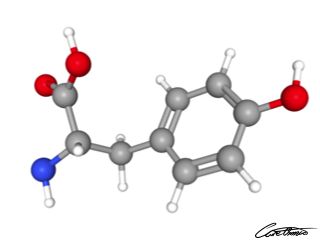
Tyrosine is considered to be a non-essential amino acid, but people with phenylketonuria who lack phenylalanine hydroxylase and cannot convert phenylalanine into tyrosine make it to be a conditionally essential amino acid.
Read more, and see the research behind tyrosine in our article: What Is Tyrosine & What Foods Can I Find It In?
Are you interested to learn what kind of benefits tyrosine possesses? You can find researched-backed claims in our article: Tyrosine: One Research-Backed Benefit
Taurine
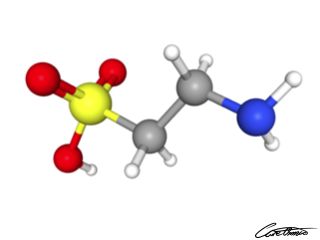
Taurine is one of the most abundant amino acids in the brain, retina, muscle tissue, and organs throughout the body. Interested in knowing more, check out our article: What Is Taurine?
Taurine serves a wide variety of functions in the central nervous system.
Find out the benefits and what taurine might be able to to for you in our article: Taurine: 3 Research-Backed Benefits
